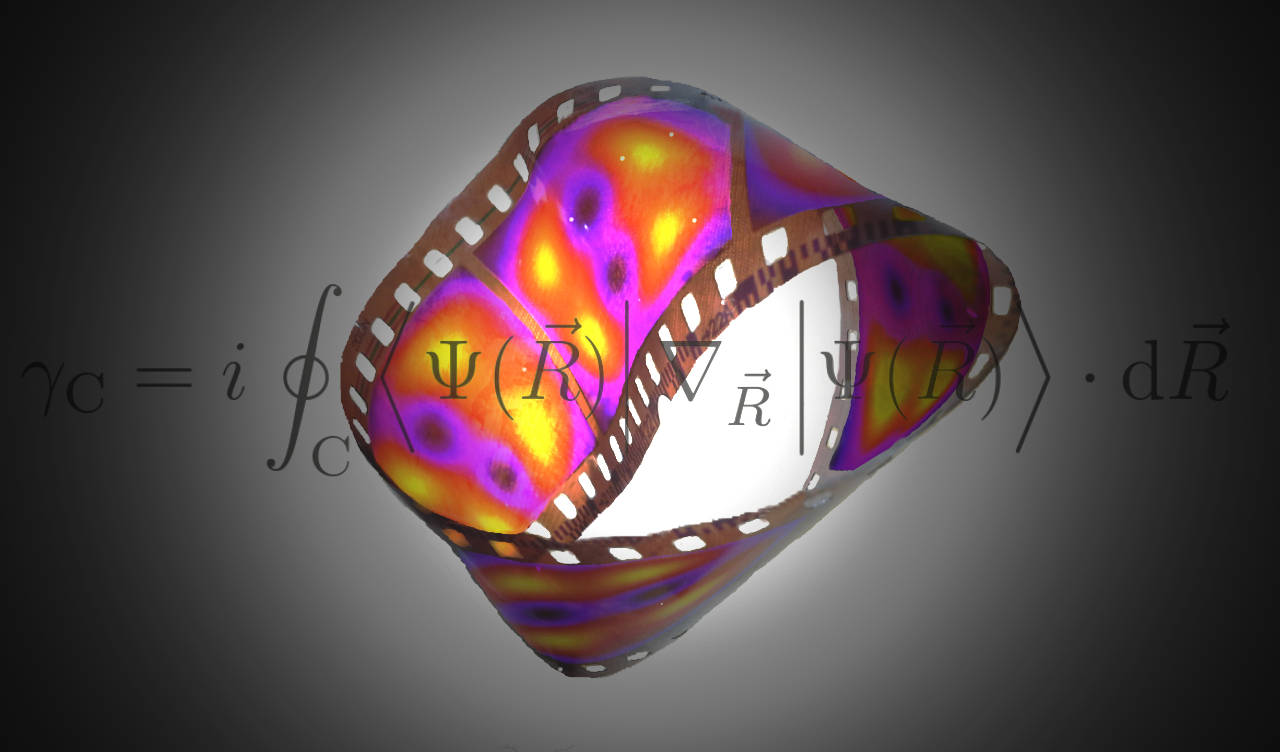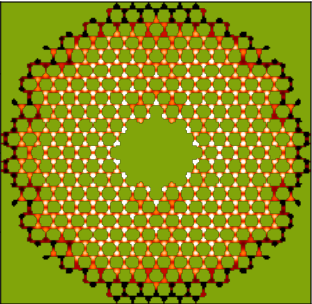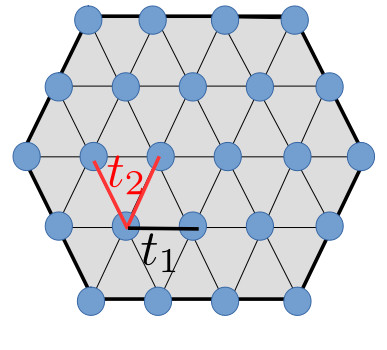Research projects
Quantum Hall physics, anyons, topological matter
The paradigm of topological quantum materials are quantum Hall systems. While abrupt changes in macroscopic properties of a material usually can be traced back to microscopic breaking of a symmetry, topological systems exhibit phase transitions without changes in the symmetry. Even more intriguingly, topological phases in interacting systems often leads to the emergence of fractionalized quasi-particles, with the electric charge being a fraction of the elementary charge. These quasi-particles are called "anyons" because under exchange they behave differently from bosons or fermions. In some cases, such "braiding" leads to a different state, and can thus be used to process quantum information.
My research on quantum Hall physics looks for feasible ways of generating different types of anyons, controlling, and detecting them. Apart from different electronic materials, there are other highly controllable platforms in which quantum Hall physics can occur. Specifically, I have concentrated on cold atomic gases which despite their electro-neutral property may exhibit quantum Hall physics, if they are subjected to an artificial magnetic field, i.e. to forces which exactly mimic a magnetic field.
Another approach towards controlling anyons uses optical fields. I am considering schemes for engineering quantum Hall phases in graphene via light-matter interactions.
Selected references:
Phys. Rev. Lett. 125, 136801 (2020)Phys. Rev. Lett. 121, 253403 (2018)
Phys. Rev. Lett. 119, 247403 (2017)
Phys. Rev. A 86, 021603(R) (2012)
Nat. Commun. 4, 2046 (2013)
New J. Phys. 14, 055003 (2012)
Twisted light in many-body systems
Apart from spin, photons can also carry orbital angular momentum stemming from optical vortices in the light field. This property has found application in many fields, from communication to cosmology, from ultracold atoms to ultrafast pulses. In this project, I am concentrating on applications of twisted light in electronic matter - as a novel spectroscopic tool, or even to manipulate matter using optical driving with a twist.
Selected references:
arXiv:2006.10688Spin physics, quantum magnetism, quantum annealing
Interacting spins do not only model numerous phenomena in different fields of physics (condensed matter, quantum optics, particle physics), but also have useful applications beyond physics, e.g. in neuroscience or computer science. Contemporary quantum systems, like trapped ions or cold atoms, allow to simulate spin models, and explore these different aspects. In this context, I am particularly interested in:
Quantum annealing:Phys. Rev. Lett. 123, 120501 (2019)
Nat. Commun. 7:11524 (2016)
Phys. Rev. A 95, 052309 (2017)
Spin liquids and topological spin phases:
Phys. Rev. B 94, 075110 (2016)
Phys. Rev. A 91, 063612 (2015)
Spin dynamics (thermalization, chaos):
Phys. Rev. Lett. 111, 090404 (2013)
EPJ Quantum Technology 1, 8 (2014)


